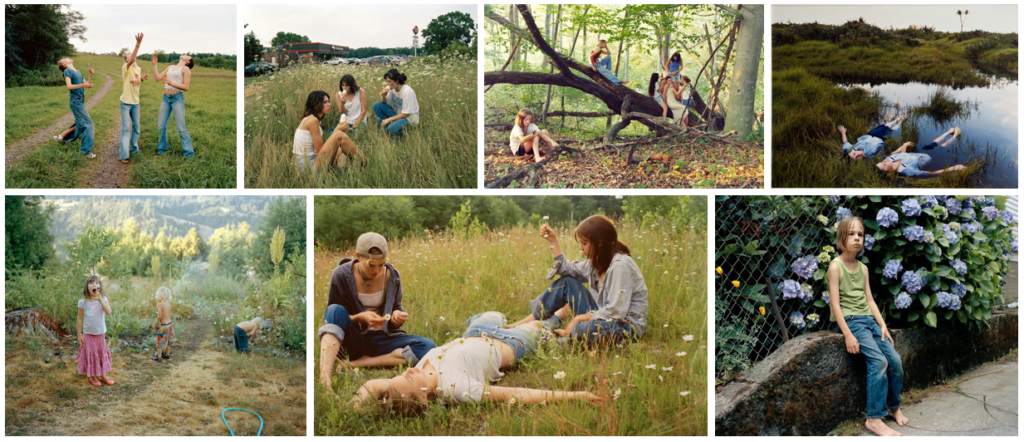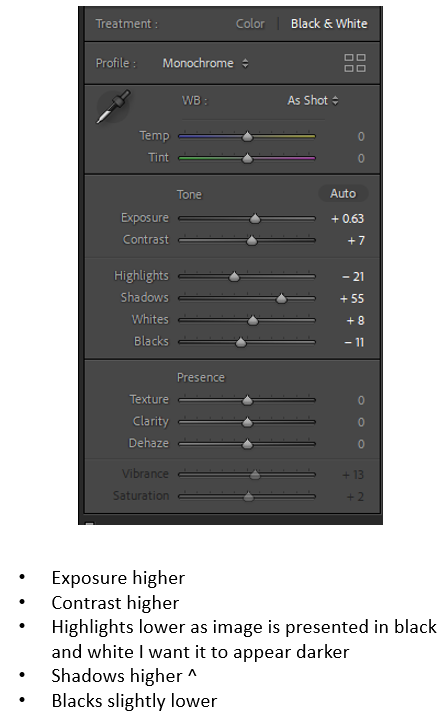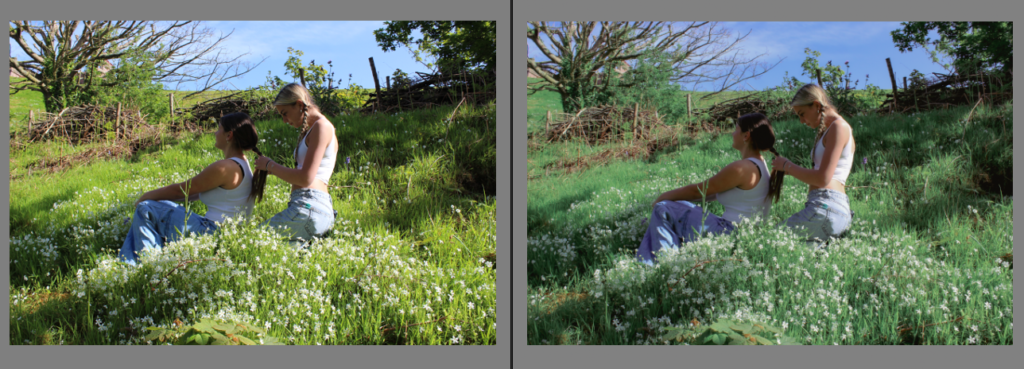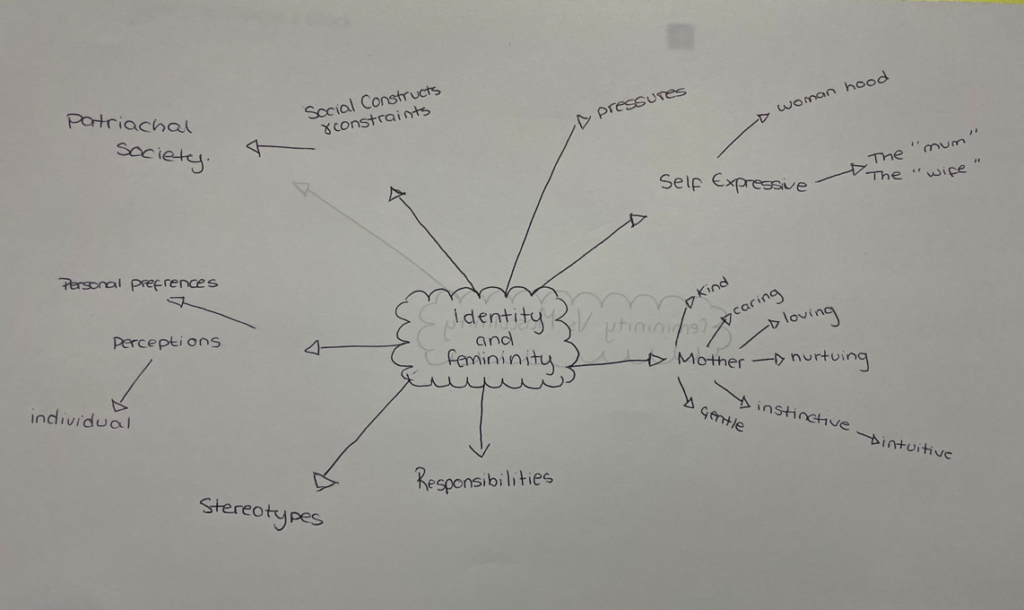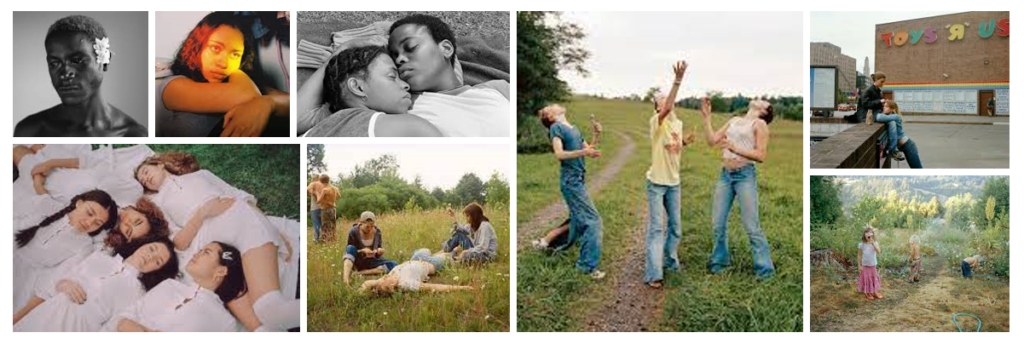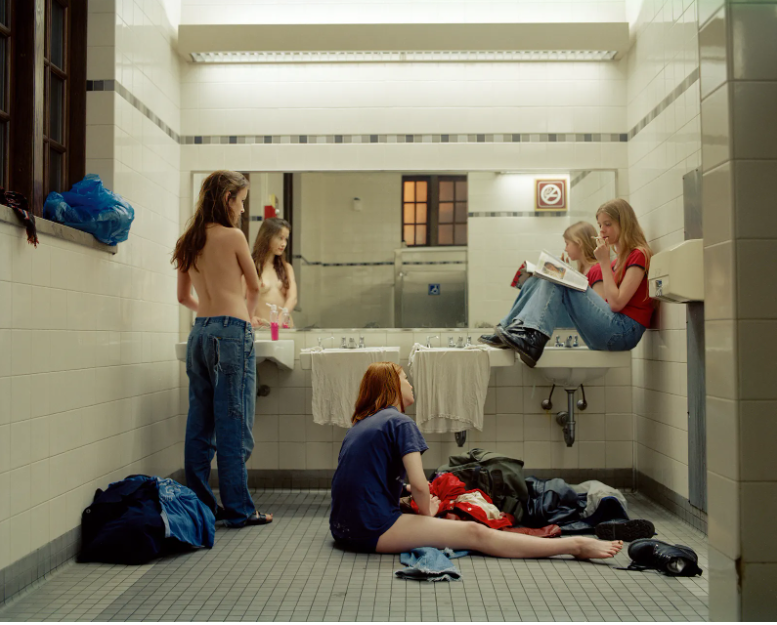WORK OF JUSTINE KURLAND (GIRL PICTURES)

WHO IS JUSTINE KURLAND?
Justine Kurland is a contemporary American photographer. Her work often depicts communes in rural America as her subject matter, inspired by 19th-century idyllic English landscape painting, children’s fairy tales, and Julia Margaret Cameron’s photographs, among others sources.
PURPOSE FOR THE GIRL PICTURES PHOTOSHOOT:
The objective to the Girl Picture photoshoot was to deliver the fantasy of a ‘female utopia’ and a stereotypical teenage girl fantasy. While Kurland is trying to reinforce this feminine utopian world she is also trying to show the impact of female intimacy and how girls are able to strengthen and support each other whereas individually they are seen as vulnerable and weak. While Kurland was trying to highlight this teenage fantasy and support the girls she is playing into the dominant ideology of females. Laura Mulvey states that women are represented for the visual pleasure for the male sex, Kurland supports this theory by representing the girls in a hyper-feminine stereotype; playing in flower fields which have connotations of pure and delicate, girls getting ready in the bathroom perhaps for a night out makeup is stereotypically products for females and they are wearing elegant, earthy colours which men would not stereotypically seen in. This shoot may target a wide range of audiences including: paedophiles, advertisers, recruiters, social-media influencers, fashion magazines, due to the fact they all traffic in photo media.
WHY TAKE INSPIRATION FROM THIS PHOTOSHOOT?

Justine Kurland’s Girl Pictures photoshoot shows the adventures of girls during their teenage years. This shoot is reinforcing the ideology of teenage girls identity and how it is assumed how they spend their time together. This photoshoot is easy to manipulate due to it being targeted to teenagers and young adults. Girl Pictures coordinates with the identity project within my unit of Portraiture, this photoshoot is something I am able to have a deeper connection and understanding with.
IMAGE ANALYSIS:

This image has an overall earthy and subtle hint of pink tone which reinforces this feminine stereotype. Pink is stereotypically a female colour and has connotations of love, kindness, nurturing and playfulness. Playfulness is seen within this image as the girl is using a hula hoop, furthermore showcasing the feminine ideology through the girls clothing’s. The focal point of the image is the girl in the centre third (rule of thirds) which implies that the image is about her or overall about women. The height difference between the girl standing, and the two girls sitting on the floor, could be an underlying connotation Kurland created in order to signify; that no many how many women rise in the hierarchy we will always be the submissive sex. The lighting is natural and stationary which further creates this minimalistic image. In Kurland’s project Girl Pictures she has created a minimal aesthetic by using soft, subtle colours yet adding that hint of colour needed in order to show this femininity within the use of colours. It is interesting to see how Kurland portrays femininity through colours and aesthetic and how she portrays teenage girls in a delusion created by an audience, to fulfil their fantasy.

